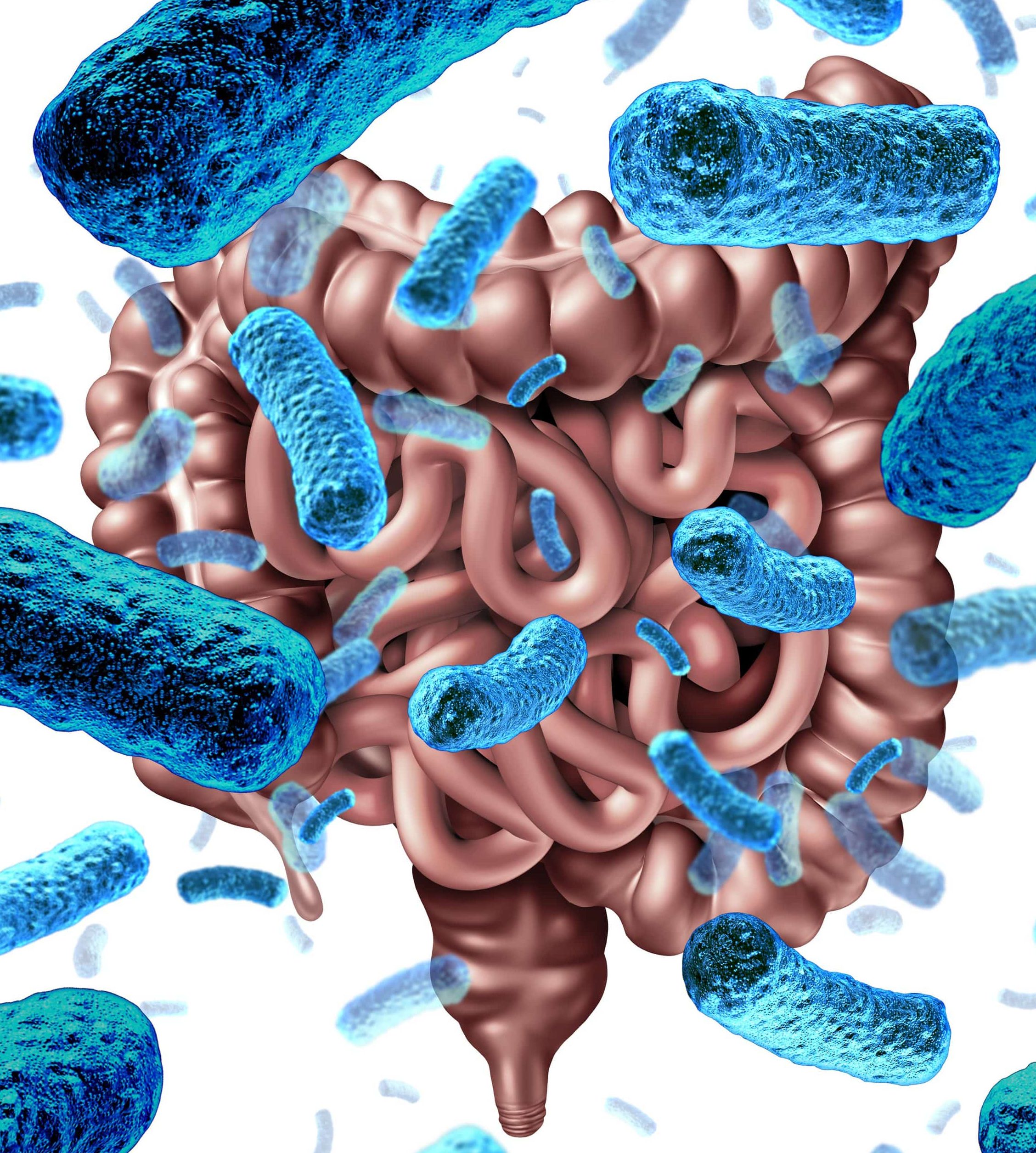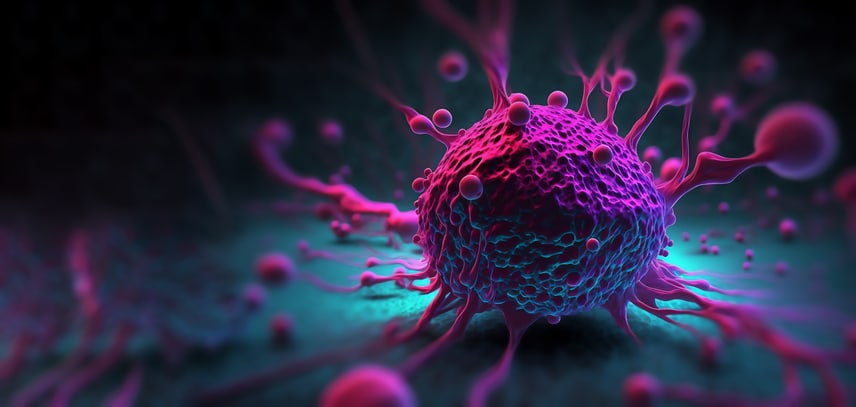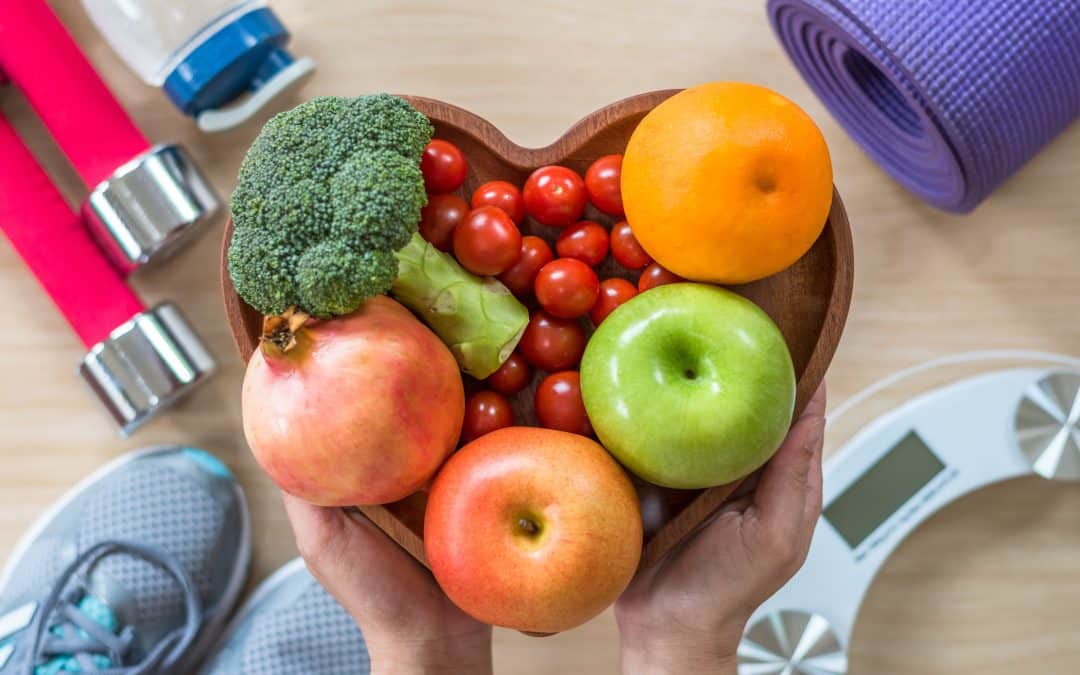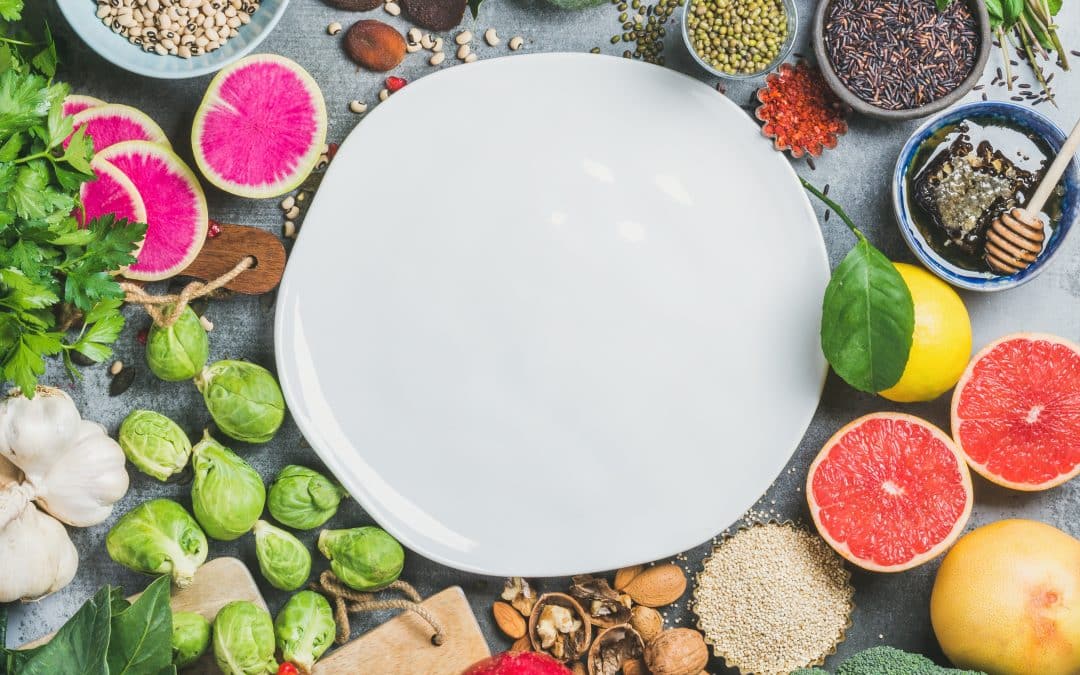Microbiome and Gut Health

The human microbiome is the aggregate of all microbiota that reside on or within human tissues and biofluids along with the corresponding anatomical sites in which they reside, including the skin, mammary glands, placenta, seminal fluid, uterus, ovarian follicles, lung, saliva, oral mucosa, conjunctiva, biliary tract, and gastrointestinal tract.
Types of human microbiota include bacteria, archaea, fungi, protists, and viruses. Though micro-animals can also live on the human body, they are typically excluded from this definition. In the context of genomics, the term human microbiome is sometimes used to refer to the collective genomes of resident microorganisms; however, the term human metagenome has the same meaning.
We also sometimes refer to these communities as “flora”. As humans, we begin to build our microbiome the moment we are born. How and where we’re born plays a big role in the types of microbes we acquire. Babies pick up microbes from every person or thing they touch and continue to pick up microbes throughout their lives. The microbiome isn’t fixed; it develops over time and changes in response to its environment.
What Does the Microbiome Do?
Until recently, bacteria in the gut were thought to play a role only in regulating bowel movements. However, it is now known that gut bacteria affect the entire body, including the brain. Among other functions, the beneficial bacteria in the gut synthesize some vitamins, help with digestion, balance mood, reduce anxiety, and protect against infections and some forms of cancer. Strains of good bacteria in the gut are also associated with lower rates of obesity, diabetes, and various gastrointestinal diseases.
If there are too many bad bacteria or too few good bacteria in the microbiome, serious health problems can arise. The population of good bacteria in your body can be inhibited or killed by stress, surgery, illness, trauma, or unhealthy eating habits. Antibiotics can kill bad bacteria that cause disease, but they also kill off many of the beneficial microbes. We can keep our microbiomes healthy by eating foods that feed the good bacteria and avoiding foods that encourage the growth of bad bacteria.
Related Blogs
Aging Backwards: The Science of Age Reversal and Longevity
The Lifelong Athlete: Longevity Strategies for Peak Performance. Learn about cutting-edge interventions from Doctors Studio in Boca Raton.
The Power of Transfer Factors in Functional Medicine
The Lifelong Athlete: Longevity Strategies for Peak Performance. Learn about cutting-edge interventions from Doctors Studio in Boca Raton.
Youthful Aging: Eliminating Senescent Cells for Improved Health
The Lifelong Athlete: Longevity Strategies for Peak Performance. Learn about cutting-edge interventions from Doctors Studio in Boca Raton.
Join the Wellness Revolution: Membership Benefits at Doctors Studio
Explore Doctors Studio's unparalleled membership benefits in Boca Raton—top professionals, exclusive discounts, holistic services for a wellness journey
The Lifelong Athlete: Longevity Strategies for Peak Performance
The Lifelong Athlete: Longevity Strategies for Peak Performance. Learn about cutting-edge interventions from Doctors Studio in Boca Raton.
Is A Functional Medicine Doctor A Licensed Medical Practitioner?
Are you looking for high-quality health care and want to know whether a functional medicine doctor is the right fit?
Senolytics: The Secret To Reversing Aging Cells
Senolytics are the secret to reversing aging cells. This exciting treatment helps slow down the aging process, build health, and
Holistic Diabetes Treatment In Boca Raton
If you're searching for diabetes treatment in Boca Raton, visit a health care clinic that knows how to completely restore
5 Reasons Why You Need A Functional Medicine Coach
Are you having trouble reaching your health goals on your own? A functional medicine coach can help!
Boca Raton’s Holistic Wellness Center
If there are too many bad bacteria or too few good bacteria in the microbiome, serious health problems can arise.
How To Get Started

Choose an Assessment Plan
Start the process by determining your current
wellness status.

Schedule a Consultation
Meet with an expert practitioner to review the results of you assessment and discuss your customized treatment plan.

Begin Your Wellness Journey
It's time to get back to balance and experience optimal wellness and quality of life










